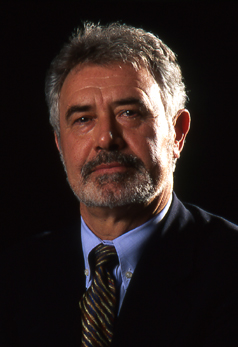- "From Technology to Biomedical Applications: An Interdisciplinary View of 3D Movement Analysis"
- Prof. Antonio Pedotti
- Politecnico di Milano

The complexity and beauty of human movement has always attracted the interest of scientists and artists. The neural and musko-skeletal mechanisms involved have been widely investigated in neuroscience and in many areas of medicine from neurology to orthopaedic and rehabilitation to better understand why a lesion or a disease is causing movement disorder and how to optimize the recovery of the lost function by proper therapy, rehabilitation or prostheses.
Therefore, from Muybridge up to now many efforts have been devoted to develop innovative methods for movement analysis. Recently, the technologies of computer vision combined with IR sensors, stereophotogrammetric algorithms and high level models have provided advanced systems suitable for basic research and clinical applications for pathologies like CP, strokes, SCI, PD, joint lesion, etc.
Present research is focused on more robust caption of human motion by using non-linear filters combined with virtual biomechanical models in a top-down approach simulating the human visual perception.
Beside the analysis of movement disorders, 3D motion capture techniques are used for other important medical applications.
In radiotherapy, optoelectronic systems are applied for real-time 3D control of patient position and precise localization of the tumor to be irradiated.
For the analysis of respiratory function, optoelectronic plethysmography allows for a compartmental analysis of chest wall volume variations opening new perspectives for diagnosis and treatment of respiratory diseases like asthma, COPD, sleep apnea and mechanical ventilation in ICU.